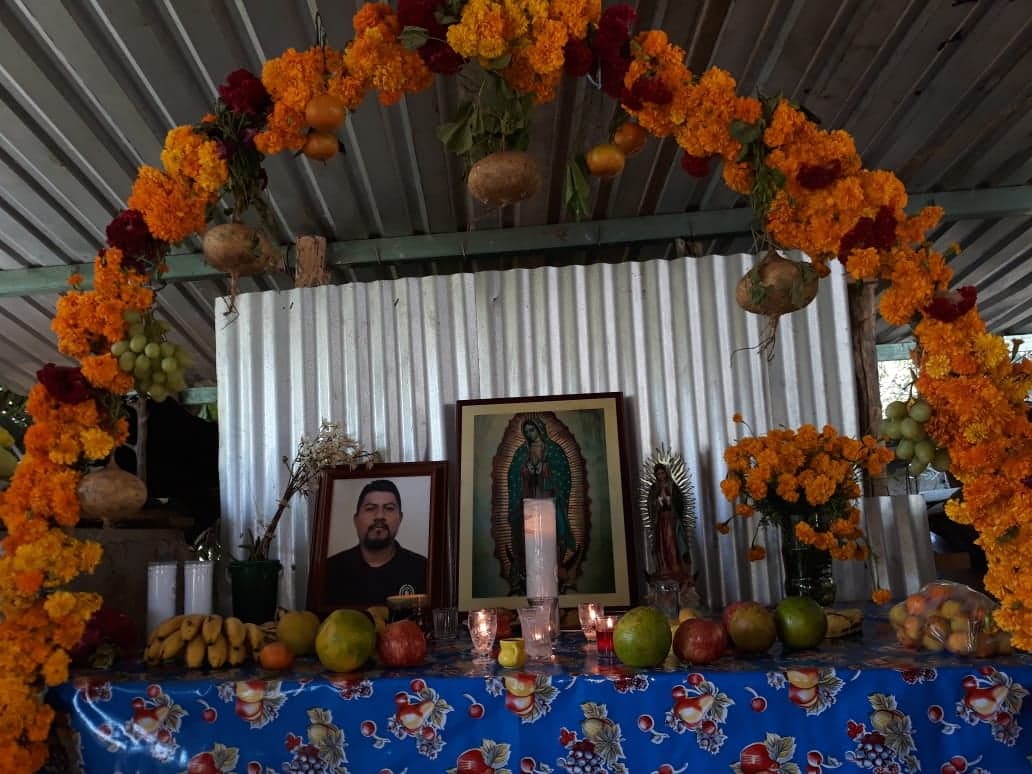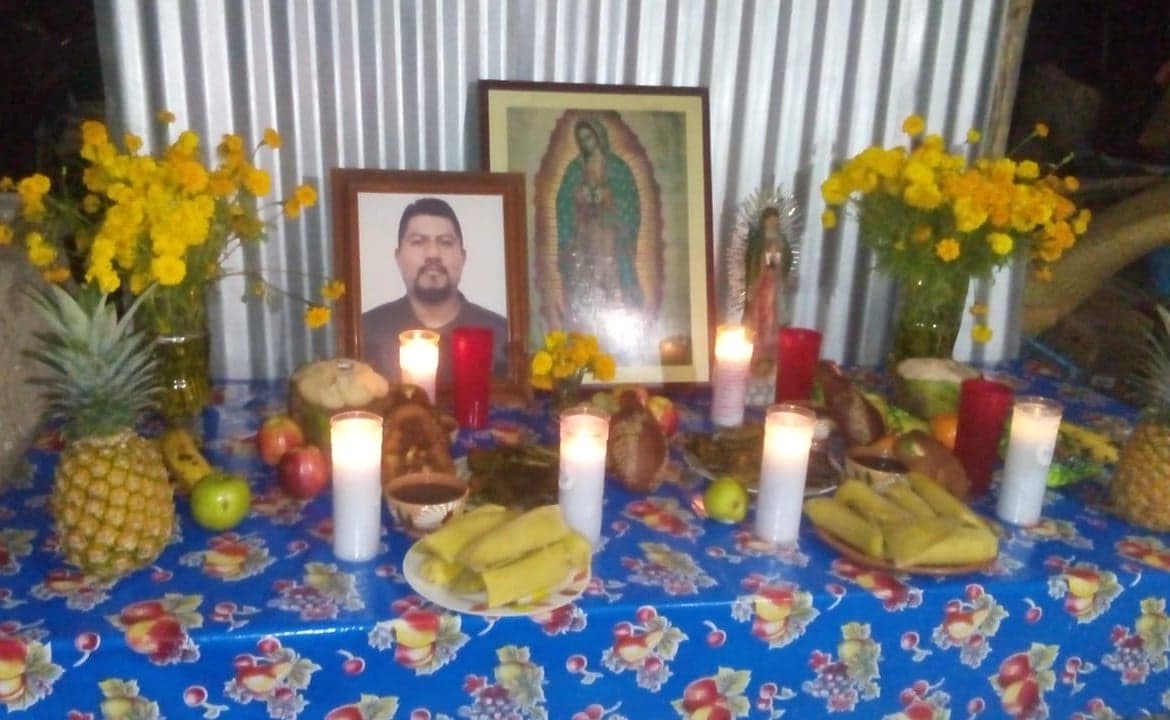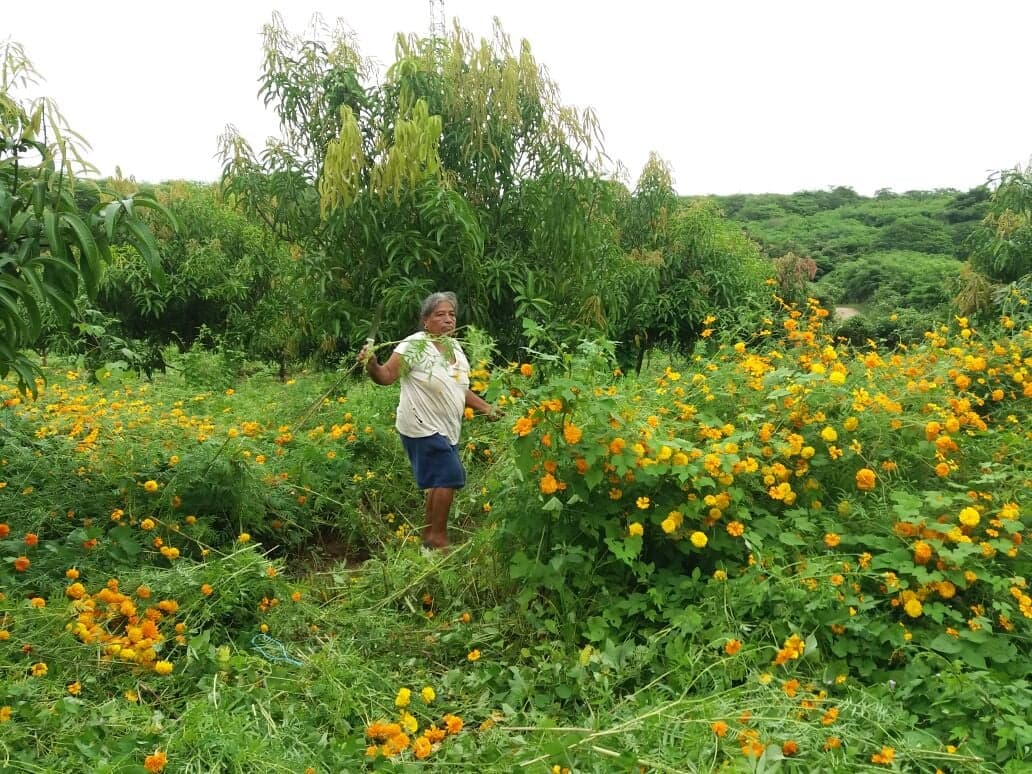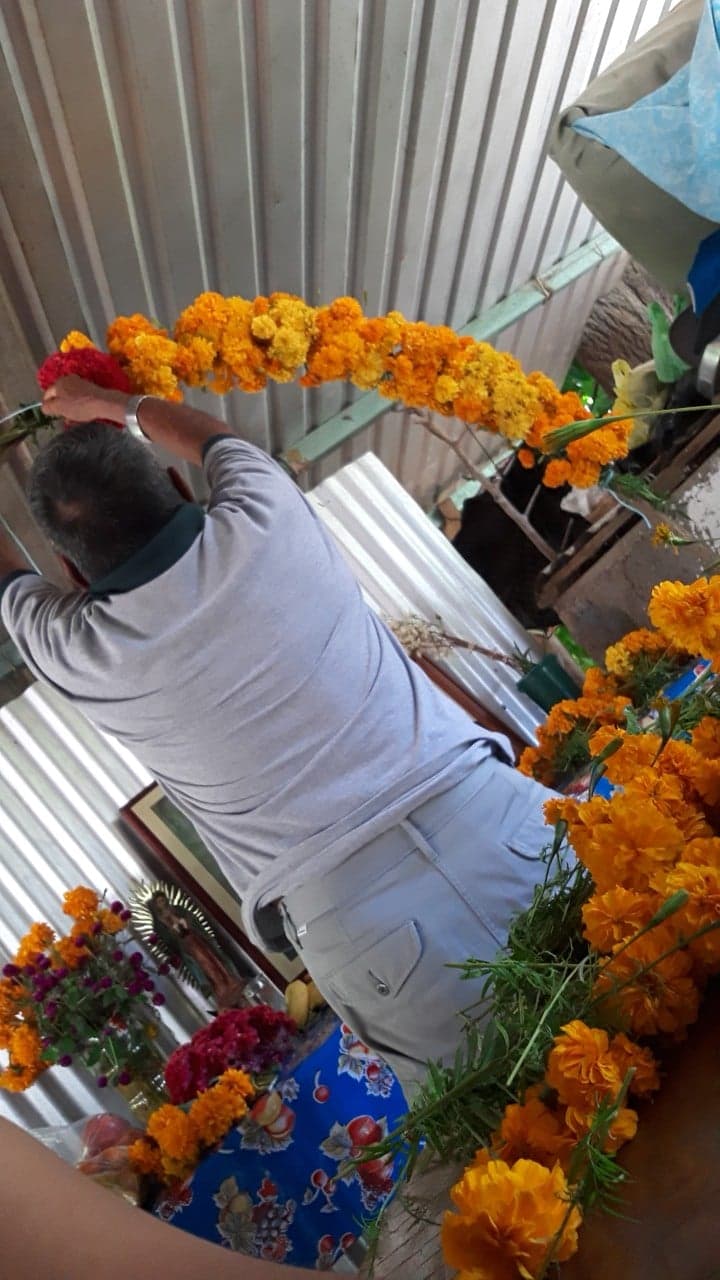Celebrando Día de los Muertos en Oaxaca, México
Escrito por Bety Ordaz
Day of the Dead, Real Histories:
Mexico is one of the countries where Day of the Dead, also known as All Saints Day, is celebrated. I am from the Coast of Oaxaca, Puerto Escondido, Oaxaca. In this beautiful city, it is traditional that on the 15th of October, we visit the cemetery where our departed rest, bringing a beautiful bouquet of yellow flowers, called “cempasuchil” or flower of the dead. With this visit, we invite our beloved to return to celebrate All Saint’s Day, which is the 2nd of November. After the invitation, we anxiously await that day. In my case, my mother always told us that it was actually three days of celebration: The 31st, those deceased in childhood arrived - the altar was decorated with flowers, candy, candy skulls, and even some of the children’s favorite toys. The souls of children would depart at midday on the 1st of November, and the alter is immediately redecorated with tamales, chocolate, candles, and everything our loved ones used to like- there are even people who will put beer, cigarettes, and other drings, and of course photographs of the visiting spirits; we also decorate the path from the door to the altar, showing them the way. The decoration consists of stripping the petals from cempasuchil flowers to create a path. In my family, my mother would say that we shouldn’t eat the things on the altar because the deceased family members would be annoyed, and would return to pull at our feet in the middle of the night. Now that I am an adult, I realize that she only told us that so that we wouldn’t eat the offerings :).
For me this is one of my favorite traditions; I loved to help my family pick the flowers from our garden, and accompany them to the market to pick fruits to decorate. All of the markets look beautiful with so many stands filled with fresh flowers and fruits. I also like it because when the celebration is over, we could eat the offerings, because the visiting spirits only took the essence, the aroma of everything placed on the altar. There are also people who go to the cemetery to eat on the 2nd of November- but in my family, we didn’t do that.
MEANING OF THE ITEMS ON THE ALTAR
WATER: It is believed that the water is placed on the altar because our loved ones arrive tired and very thirsty; when they arrive they drink water, and also when they leave to return to the sacred world.
SALT: This element is placed to purify the soul, so that it is cleaned of any sins.
CANDLES: These are placed because it is said that the light illuminates the path from where they come and a candle is placed for each family member, plus some extras in case they are bringing guests. Remember that there are some families who don’t celebrate Day of the Dead, so deceased family members may invite friends.
FLOWERS, MARIGOLDS, BABY’S BREATH, WALLFLOWER: These flowers should never be missing from any altar, because they create a colorful and aromatic space. This will ensure that the deceased are very happy during their stay, and leave content. It is also said that baby’s breath and wallflower accompany the souls of young children. These flowers represent the purity and tenderness of children.
Día de muertos, Historias reales:
México es uno de los países donde se celebra el día de los fieles difuntos como comúnmente se le conoce, también se le llama día de todos los santos, yo soy de la costa de Oaxaca, puerto escondido Oaxaca. En esta bella ciudad, se acostumbra que el día 15 de octubre, se visita el panteón donde ya descansan las personas fallecidas. Se lleva un hermoso ramo de flores amarillas, llamadas cempasúchil o flor de muertos. Con esta visita se hace la invitación a nuestros seres queridos, para que asistan a la celebración del día de todos los santos, el cual es el día 2 de noviembre. Después de la invitación se espera con mucha ansiedad el día. En mi casa mi madre siempre dijo que en realidad eran 3 días de celebraciones ,el día (31) llegaban los niños fallecidos, el altar se decoraba con flores, dulces, calaveritas de azúcar y hasta se les ponía alguno de sus juguetes favoritos, los pequeños se retiraban al medio día del día (1) y de inmediato se decoraba nuevamente el altar, con tamales, chocolate, veladoras, y todo lo que les gustaba comer en vida a nuestros seres queridos, incluso hay personas que acostumbran poner cervezas, cigarros y algunas otras bebidas, y por supuesto las fotografías de los visitantes, también se decora el camino de la entrada hasta el altar, mostrándoles el camino. La decoración consiste en deshojar flores de cempasúchil y se hace un caminito con ellas. En mi familia mi madre decía que no debíamos comer las cosas del altar porque nuestros familiares se molestarían y nos jalarían los pies a media noche. Ahora que soy adulta me doy cuenta que lo decían para que no comiera las ofrendas :).
Para mí esta es una de nuestras tradiciones favoritas, me encantaba ayudar a mi familia a cortar las flores del jardín, y acompañarlos al mercado a comprar las frutas para decorar. Todos los mercados lucen hermosos con tantos puestos de flores y frutas frescas. También me gustaba porque cuando la celebración terminaba nosotros podíamos comer las ofrendas, ya que los visitantes solo llevaban la esencia, el olor de todo lo puesto en el altar. También hay gente que el día (2) van a comer al panteón. En mi familia no se acostumbra hacer eso.
SIGNIFICADO DE TODA LA OFRENDA
AGUA: Se cree que el agua se coloca en el altar porque nuestros seres queridos vienen cansados y con mucha sed, ellos al llegar toman agua y también cuando regresan al campo santo.
SAL: Este elemento se coloca para purificar el alma, ósea que se limpien y que no se pierdan en el pecado.
VELAS O VELADORAS: Estás son colocadas ya que se dice que es la luz que ilumina el camino donde ellos vienen y se coloca una por cada familiar y algunas extras por si traen invitados recuerden que hay personas que no celebran a sus difuntos, por lo tanto nuestras familias pueden invitar a uno que otro amigo.
FLORES, CEMPASÚCHIL, NUBE Y ALELY: Estás flores nunca deben faltar en la ofrenda ya que representan un lugar colorido y lleno de aroma, esto mantendrá a los difuntos muy contentos en su estancia, y que al marcharse se vayan felices. También dicen que las nubes y los Alelys acompañan las almas de los niños pequeños. Estas flores representan la pureza y ternura de los niños.
Bety comparte sus tradiciones con los estudiantes de Croft Middle Prep
